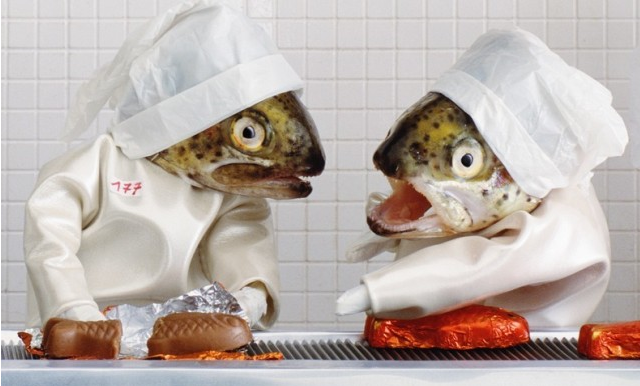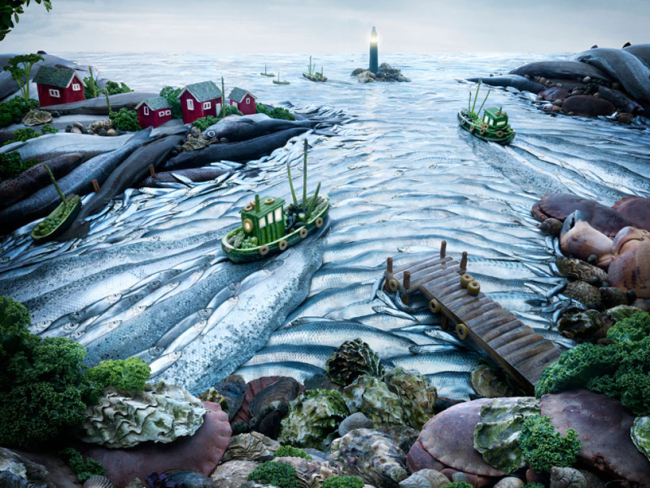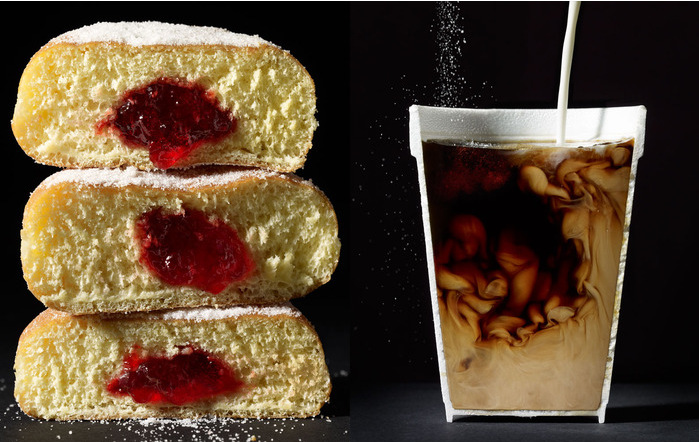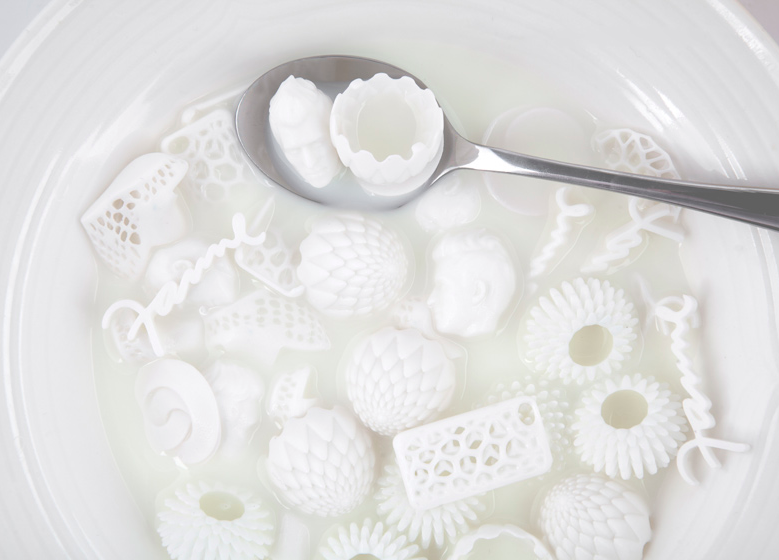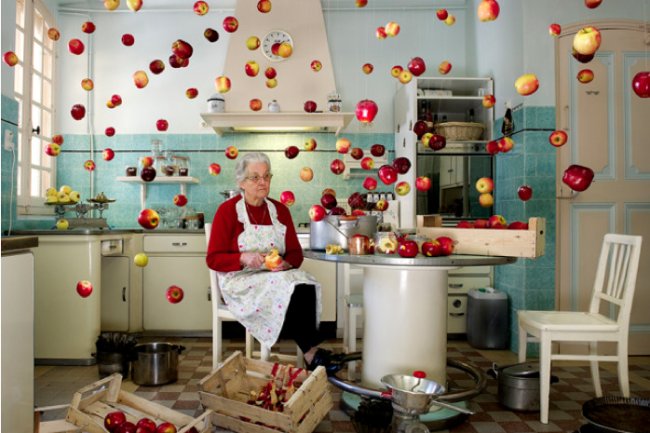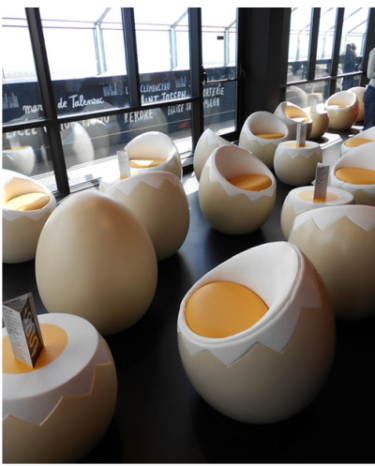our favorite finds from the front lines of food
The art of the perfect bit goes super-artsy with teeny, tiny food installations, like the one above. (Eater)
Refugees solve farm worker shortage: From Bhutan to New York’s Dairy Heartland "The men were once farmers, and then spent 20 years in refugee camps in Nepal, unable to hold legal jobs. Now they worked wordlessly alongside two other milkers, both Mexican immigrants, in practiced repetition. The raw product would soon supply a cross-cultural dairy case: Siggi’s, an Icelandic-style yogurt; Norman’s kosher Greek yogurt; and eggnog for Pittsford Farms Dairy." (New York Times)
Activists Demand a Bill of Rights for California Farmworkers "Many of the bill’s items – which are grouped into wage theft, safety and health, and overwork – simply demand that existing laws be enforced, like respecting required rest breaks and penalizing employers who steal wages. It also calls for educating farmworkers on their rights and establishing a complaint hotline." (KQED)
A New York food institution that was accessible to all of us fades into the history of a quirkier, more fabulous, and less chain-store dominated Manhattan as Broadway Panhandler prepares to close. “'My first question is, ‘What do you like to cook?’...We can help tailor a purchase to suit a customer’s needs instead of just selling sets. We’re more traditional, with just one store. As independent stores disappear, people are going to remember them fondly.'” (New York Times)
The surprising truth about the ‘food movement’ (which probably isn't that surprising): people like to give the right answers more than they like to do the right thing. (Washington Post)
Shrimp oasis: Sahara desert opens biofloc shrimp farm "The shrimp farm uses underground salty water beneath the oases of the world’s largest desert. Algeria's portion of the Sahara Desert has an extensive underground water source beneath its sand layers, with a salt concentration of 4~5 percent, suitable for the shrimp farm, ministry officials said." (Yon Hap News via Undercurrent)






